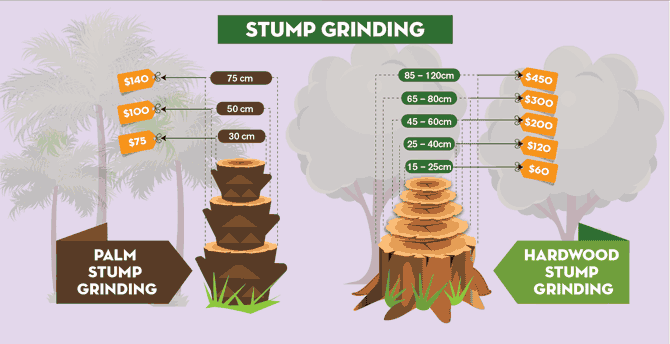Clues That Suggest Tree Elimination: How To Place Hazardous Trees
Clues That Suggest Tree Elimination: How To Place Hazardous Trees
Blog Article
Material Author-Troelsen Butcher
When it involves tree treatment, recognizing the indicators that it's time for removal is crucial for your safety and security and residential property. You may discover blemished fallen leaves, wilting branches, or weird fungal developments indicating health problems. Architectural problems, like a considerable lean or fractures in the trunk, can likewise posture threats. Comprehending these warning signs can help you make informed choices about your trees and protect against potential hazards prowling in your yard. What should https://tucson.com/tips-for-keeping-your-citrus-trees-happy-healthy-productive/collection_b0effcd2-115f-11e6-a468-33e0fa5a20cb.html search for next?
Indicators of Degeneration and Disease
When you notice indicators of degeneration and illness in your trees, it's important to act rapidly. Search for blemished fallen leaves, wilting branches, or unusual growths like fungi. These can suggest that your tree is having a hard time.
If you see fractures in the bark or soft, mushy wood, these signs and symptoms suggest internal decay. In addition, an unexpected boost in pests around your tree can indicate that it's deteriorated and susceptible.
Check for https://drillholesinstump72716.weblogco.com/35401225/involve-with-the-fundamental-actions-of-tree-stump-removal-and-recognize-the-key-elements-that-can-affect-your-decision-to-do-something-about-it or dying limbs, as they present a threat to your building and security. If Christmas Tree Trimming Party doubt about what you see, seeking advice from an arborist can provide clearness.
Attending to these indicators early can conserve you from a lot more considerable damage and ensure the wellness of your yard. Do not wait until it's far too late.
Structural Instability and Leaning
As you observe your trees, watch out for any type of signs of architectural instability or leaning. If a tree leans considerably, it may indicate that the root system is endangered.
Look for any cracks in the trunk or soil around the base; these can indicate potential failure. Additionally, look for unusual growth patterns, like an unbalanced crown, which may suggest that the tree is struggling to hold itself upright.
If you observe that the tree leans toward your home, power lines, or other frameworks, it postures a better risk. Do not ignore these indicators-- speak with an arborist to evaluate the scenario.
Taking action early can stop costly damages and guarantee your safety and security.
Dead or Dying Branches and Vegetation
If you notice dead or dying branches and foliage on your tree, it's a clear indication that something's incorrect.
These undesirable areas can show underlying issues like condition, parasite infestations, or ecological stress and anxiety. When branches lose their leaves or turn brownish, they're no more adding to the tree's wellness. Ignoring these indicators can cause additional decline, making your tree much more hazardous.
Dead branches can conveniently break short throughout tornados, posturing a threat to property and people close by. It's crucial to examine the level of the damage.
If the trouble influences a considerable part of the tree, consider speaking with a specialist. They can assist figure out if elimination is required to ensure safety and keep the elegance of your landscape.
Verdict
If you discover any type of indicators of decay, architectural instability, or dead branches on your trees, do not disregard them. These signs can present serious security dangers to you and your building. It's always best to consult an expert arborist that can provide a professional analysis of your trees. Taking action early can avoid crashes and expensive damages, ensuring your landscape stays secure and healthy and balanced. Keep in mind, it's better to be positive about tree treatment than to wait on a catastrophe to take place.
